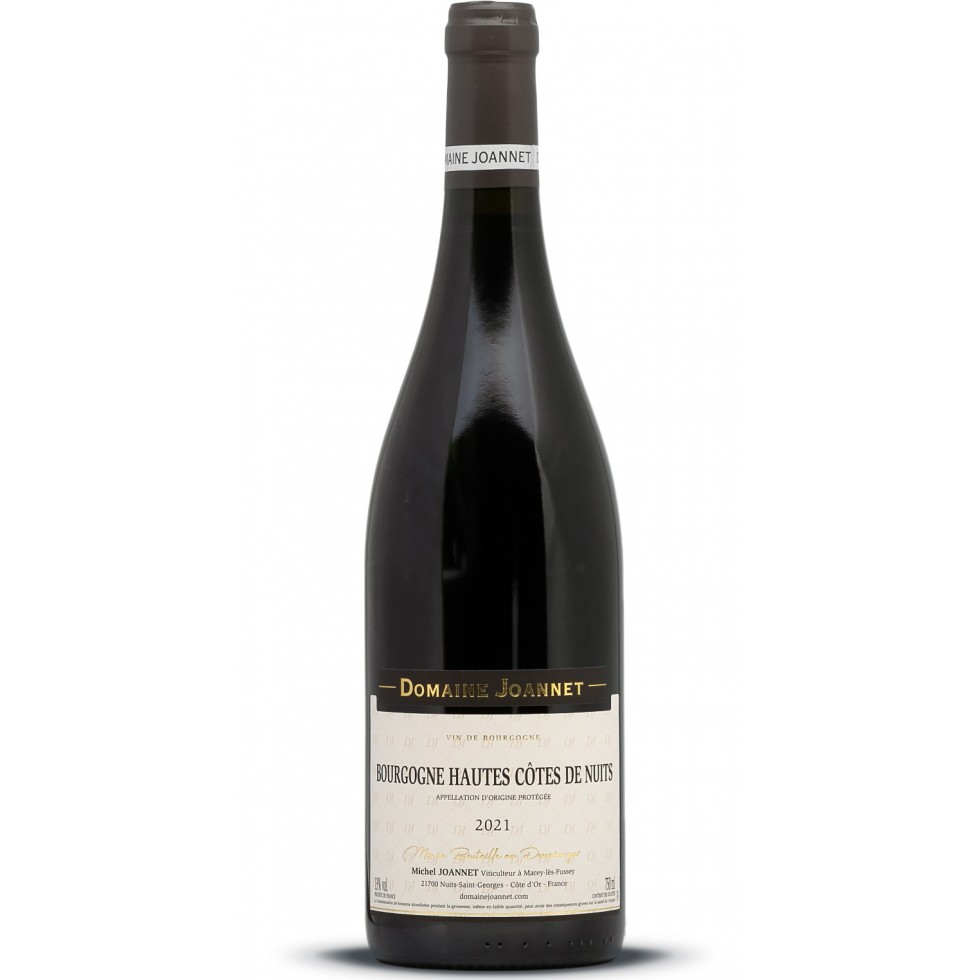appellation
Bourgogne Hautes Côtes de Nuits
Wine Characteristics
The reds are the direct descendants of those 18th century burgundies described as “full of fire, uplifting and light, almost all genius” by the Abbé Claude Arnoux who in 1723 published the first book devoted to the wines of Bourgogne. Their colour is crimson or dark ruby, sometimes leaning towards strawberry. They boast aromas of cherry, liquorice, and sometimes violet.
They have a firm, straightforward taste, tannins pleasant once matured, and just the right amount of body.
Rosé: the Pinot Noir yields a very small amount of rosé wine which bears the appellation Bourgogne rosé (or Bourgogne clairet) Hautes Côtes de Nuits.
The whites (Chardonnay, or very rarely Pinot Blanc or Pinot Gris) are white-gold to pale gold in colour, or, if aged in barrel, yellow gold. Notes of hawthorn and honeysuckle mingle with apple, lemon, white deadnettle and hazelnut. In the mouth, they are fleshy, solidly built, well-balanced, and with an easily-recognisable touch of friskiness which improves their aging potential.
Wine Steward’s Tip
Red: its middle-of-the-road temperament, neither too stiff with tannins nor too fleshy, means that it goes well with such meats as rabbit, lamb or duck.
It can stand salted or mildly spiced dishes (duck à l’orange, tajines…). An adaptable wine which, thanks to its attractive balance, commends itself to a wide range of dishes. Cheeses: mature Soumaintrain, Nuits d’Or, Reblochon fermier, Morbier.
Serving temperature: 14 to 16°C.
White: its sprightly and harmonious personality is meant for the spread made from carp roe (tarama), steamed fish, and crustaceans. Its vivacious nature equips it to accompany the Burgundian specialties of ham with parsley (jambon persillé) and snails (escargots). Fully mature, the wine goes very with the delicacy foie gras au sel. Cheeses: Roquefort, Aisy cendré, mature Comté, Chaource.
Serving temperature: 10 to 13°C.
Situation
At one time apparently doomed to disappear these vineyards have undergone a patient, courageous, and ultimately successful restoration. Overlooking the slopes of Gevrey-Chambertin and extending as far as the wood of Corton, the Hautes Côtes de Nuits have a wild beauty. Little villages nested in the forest fringes lay waiting to be discovered. The vineyards cover all these slopes which enjoy favourable exposures and proudly preserve their proof of nobility going back to Vergy and the abbey of Saint-Vivant. The wines will reveal their secrets to discerning palates in the company of vignerons who, like the countryside they inhabit, are full of character and profoundly attached to their native soil. The roads which take you there are winding and undulating, a delight for cyclists.
Ramblers may follow the paths among hills and valleys which lead to holiday cottages or overnight accommodation in the heart of the villages. And there, too, you will certainly find the door to the tasting cellar open.
Terroirs
The vineyards are located at heights of between 300 and 400 metres and occupy the sides of valleys which cut into the Jurassic limestone plateau to the west of the Côte.The underlying rock is the same as that of the Côte but the overburden is thin or non-existent. The soils are formed by a mixture of eroded limestone and marly subsoil.
Source : https://www.bourgogne-wines.com




